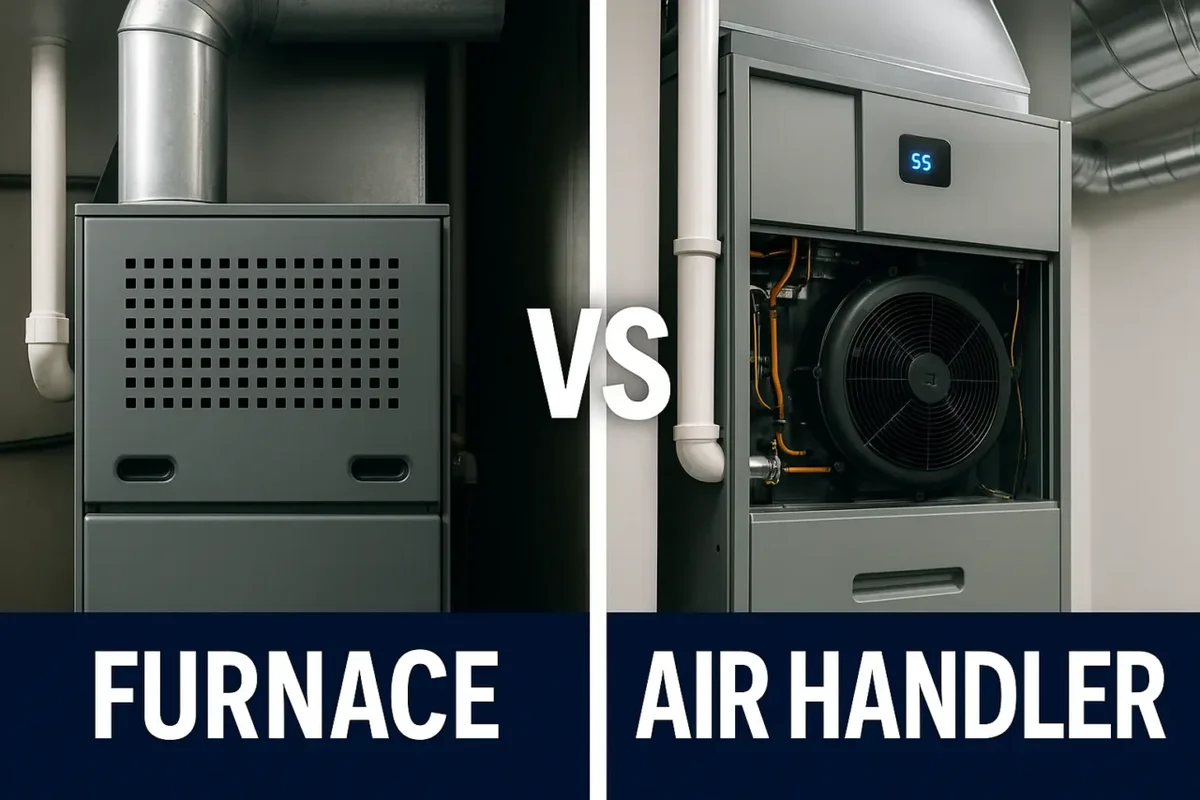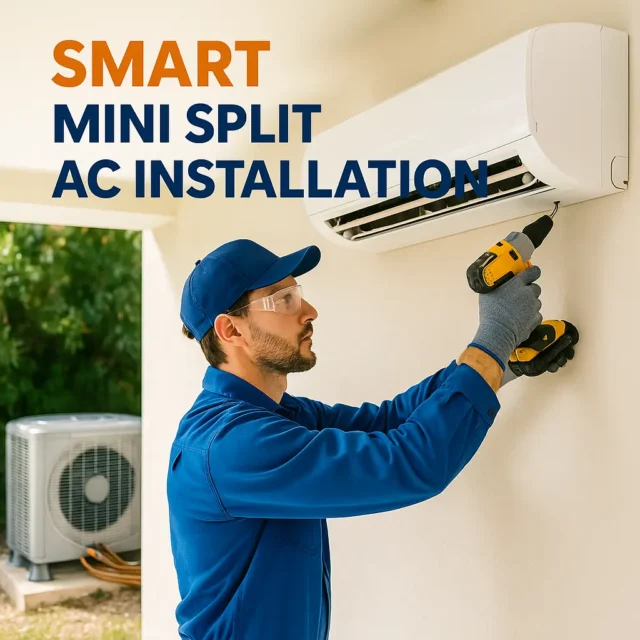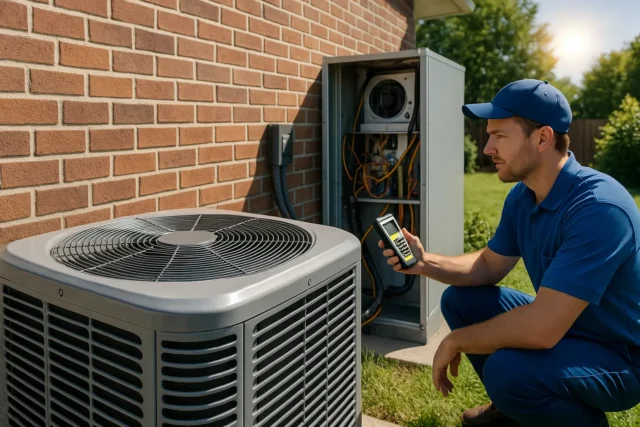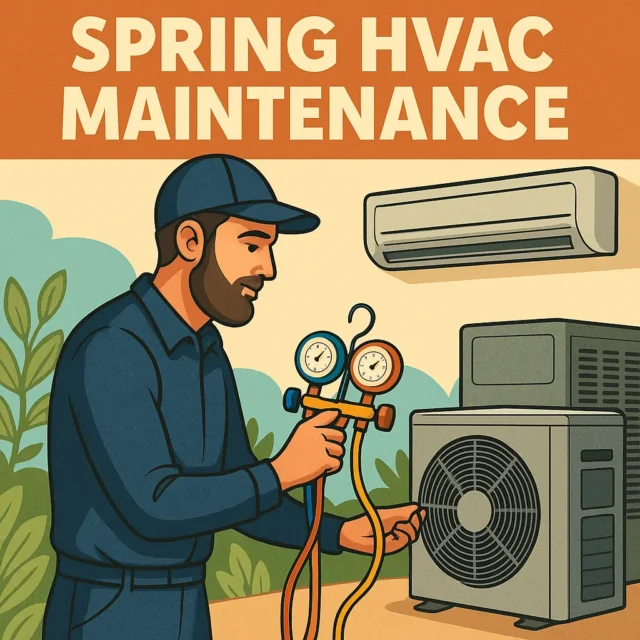Furnace vs Air Handler: Choosing the Best Option for Your Home

Homeowners across the United States often face the same big question when upgrading or replacing their HVAC system: Furnace vs Air Handler — which option delivers the best balance of comfort, efficiency, and cost? Both systems play key roles in heating and cooling, but they do so in very different ways. Choosing correctly is not only about comfort, but also about saving money and improving indoor air quality for years to come.
What Is a Furnace and How Does It Work?
A furnace is one of the oldest and most common heating systems. It works by generating heat and pushing it through ductwork to warm every room of the house. Modern furnaces rely on one of three main energy sources:
Natural Gas – The most common and cost-efficient in regions where gas pipelines are available.
Propane or Oil – Used in rural areas without natural gas access.
Electricity – Easier to install but often more expensive to run long-term.
The furnace’s strength lies in its ability to generate powerful heat quickly, making it a popular choice in states with harsh winters such as Minnesota, Michigan, or New York.
What Is an Air Handler and Why Is It Different?
Unlike a furnace, an air handler doesn’t create heat by itself. Instead, it circulates conditioned air throughout your home. When paired with a heat pump, it can both heat and cool your home, making it an all-in-one solution.
Key components of an air handler include:
A blower that moves air through the ducts.
A coil that heats or cools the air (depending on the system).
Advanced filters that clean the air before it enters your rooms.
This makes air handlers especially useful in southern and coastal states where summers are hot and winters are mild.
Historical Perspective – How We Got Here
Heating homes has evolved dramatically over time:
Ancient Times: Open fires and primitive stoves provided heat.
Middle Ages: Masonry stoves and chimneys improved air circulation.
19th Century: Coal and wood furnaces became widespread.
20th Century: Gas furnaces and duct systems transformed modern living.
21st Century: Air handlers paired with high-efficiency heat pumps now dominate new builds in warmer regions.
Understanding this evolution helps explain why furnaces remain popular in cold states, while air handlers are rising in popularity in moderate climates.
Pros and Cons – Furnace vs Air Handler
Furnace Benefits
Extremely powerful heating.
Works independently of other systems.
Proven long-term durability.
Furnace Drawbacks
Only heats — no cooling ability.
Can increase energy bills due to fuel costs.
Adds carbon emissions.
Air Handler Benefits
Provides both cooling and heating when paired with a heat pump.
Excellent indoor air quality with HEPA or advanced filters (example of HEPA filters here).
Energy efficient in most regions.
Quiet and consistent operation.
Air Handler Drawbacks
Relies on heat pump for warmth.
Less effective in extremely cold winters.
Regional Climate Considerations
Your location largely determines which system makes sense:
Northern States (Dakotas, Minnesota, Maine): Furnaces are ideal due to severe winters.
Southern States (Florida, Texas, Louisiana): Air handlers dominate because cooling is the bigger priority.
Mixed-Climate States (Virginia, Missouri, North Carolina): Many homeowners adopt hybrid systems (furnace + heat pump).
This explains why the Furnace vs Air Handler debate doesn’t have a single winner — it depends on where you live.
Total Cost of Ownership (TCO)
Installation
Furnace: $3,000–$7,000
Air Handler + Heat Pump: $5,000–$10,000
Annual Operation
Furnace: $1,000–$2,500 depending on fuel prices.
Air Handler: $600–$1,800 depending on electricity costs.
Maintenance
Furnace: Annual inspection + occasional part replacement.
Air Handler: Filter replacements + coil cleaning.
Over 15 years, an air handler may save homeowners $3,000–$5,000 in energy costs compared to furnaces — especially in warmer climates.
Energy Efficiency and Environmental Impact
Furnaces can achieve up to 98% AFUE, but they still burn fossil fuels, producing greenhouse gases.
Air Handlers paired with modern heat pumps can achieve 300%+ efficiency (because they move heat rather than generate it).
This makes air handlers a better option for eco-conscious families who want to reduce their carbon footprint.
Comfort, Noise, and Air Quality
Comfort: Furnaces deliver intense heat but can dry the air. Air handlers provide gentler, continuous airflow.
Noise: Furnaces cycle on and off, sometimes producing noise. Air handlers with variable-speed motors are nearly silent.
Air Quality: Furnaces provide basic filtration. Air handlers can integrate HEPA filters, UV lights, and dehumidifiers, significantly improving indoor health.
Types of Furnaces
Single-Stage Furnaces – Budget-friendly but less efficient.
Two-Stage Furnaces – Adjust heating output for better comfort.
Modulating Furnaces – Premium option with the highest efficiency.
Types of Air Handlers
Single-Speed Air Handlers – Basic operation, low cost.
Variable-Speed Air Handlers – Adjust airflow for maximum efficiency.
High-Efficiency Air Handlers – Designed for homes focused on air quality and comfort.
Why Air Handlers Are More Future-Proof
Modern homeowners increasingly choose air handlers because:
They integrate seamlessly with smart thermostats.
They work with solar-powered HVAC systems.
They improve long-term indoor air quality.
In short, they are better aligned with the future of energy-efficient living.
Real-Life Scenarios
Case Study 1: A family in Chicago chooses a furnace to survive freezing winters.
Case Study 2: A couple in Miami installs an air handler with a heat pump, reducing their energy bills by 30%.
Case Study 3: A homeowner in Virginia opts for a hybrid system — gas furnace for deep winter and air handler for the rest of the year.
Maintenance Tips for Homeowners
Change filters every 1–3 months.
Schedule professional inspections annually.
Seal ducts to prevent leaks.
Clean coils and blowers for efficiency.
FAQs
Q: Which lasts longer, a furnace or an air handler?
A: Furnaces last about 15–20 years, while air handlers last 12–15 years, though maintenance can extend their lifespan.
Q: Can I replace my furnace with an air handler?
A: Yes, but only if you also install a heat pump for heating.
Q: Which system improves air quality more?
A: Air handlers, especially when paired with HEPA filtration, are superior for clean, healthy indoor air.
Conclusion
The Furnace vs Air Handler debate depends on climate, cost, and lifestyle. Furnaces are unmatched in freezing regions, while air handlers excel in energy savings, air quality, and year-round comfort in moderate or warm climates.
For most modern families, the air handler is the more practical, efficient, and healthier choice. Pair it with advanced filters and regular maintenance to enjoy reliable comfort for years to come.


